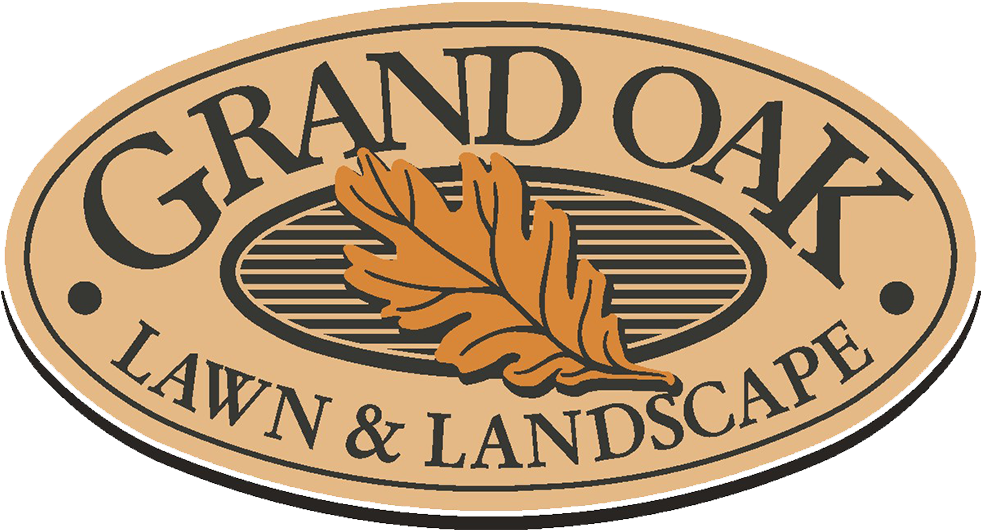Grass Clippings
Grass clippings are an excellent source of free nutrients. Clippings provide up to one-third of the nitrogen needed by the lawn, and increase the humus content of the soil.
Clippings do not lead to thatch build up. Research has shown that the clippings, left on a healthy lawn with a rich and active soil system, began to decompose almost immediately. Remember, the use of synthetic fertilizers will slow the decomposition of clippings.
Avoid removing clippings whenever possible.
There are some exceptions:
Grass clippings should be removed after the first mowing in the spring, to enable the greening of the new grass, and after the last mowing in the fall, to reduce the chances of disease.
When mowing very tall grass throughout the season, remove clippings whenever you cut off more than one-third of the top growth. Dense clumps of long clippings are unsightly and can inhibit growth in some parts of the lawn.
Mowing at an appropriate frequency and not mowing when the lawn is wet will usually allow clippings to decompose quickly, and will recycle nitrogen back into the soil.
